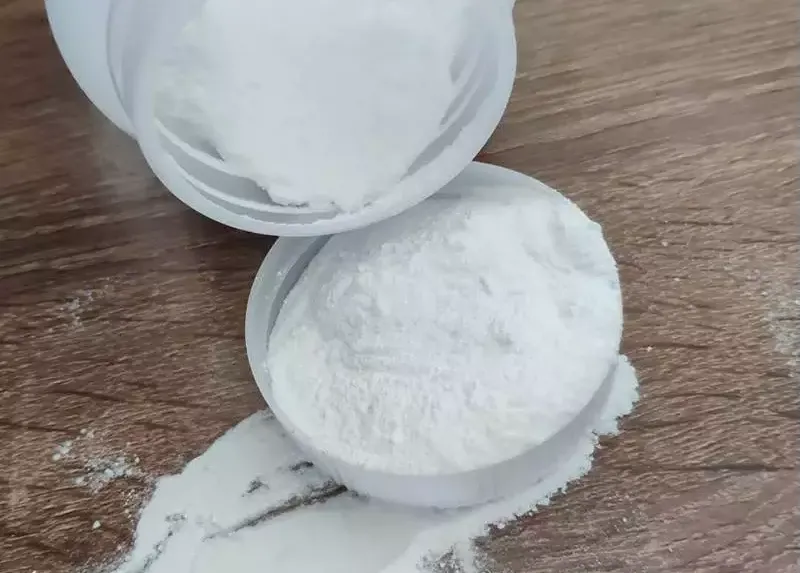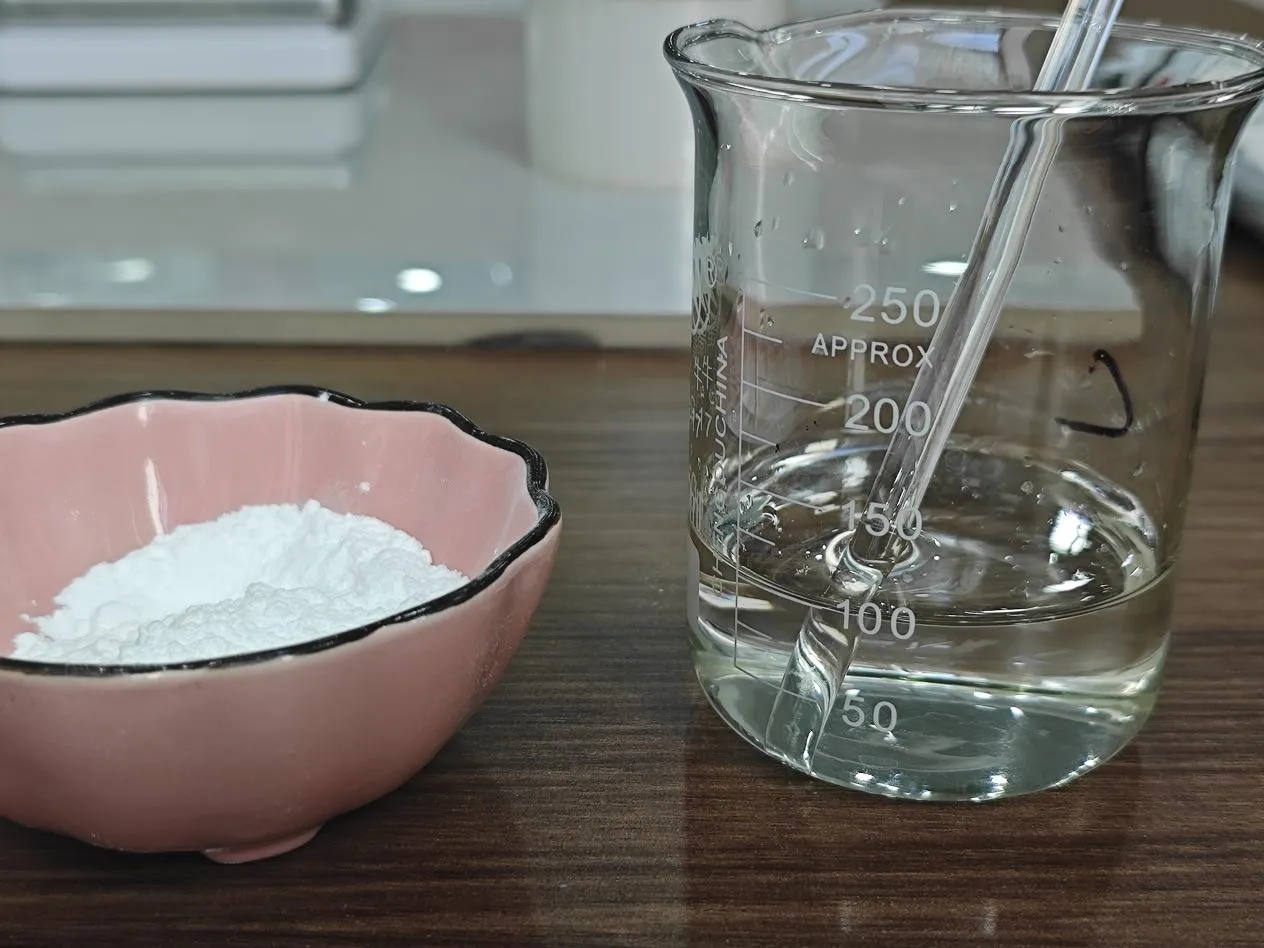
Unlocking the Power of Foam Control: A Guide to Antifoaming Agents in Industrial Applications
Foam generation is a common issue across various industries such as construction, pharmaceuticals, food processing, and chemical manufacturing. Excess foam can disrupt operations, reduce product quality, and cause mechanical problems. To combat this, industries turn to antifoaming agents—substances designed to reduce or eliminate foam formation during production processes.

Understanding the Importance and Types of Antifoaming Agents
There are multiple types of antifoaming agents used depending on the application and system conditions. These include oil-based, powder-based, silicone-based, and polymer-based antifoaming agents. Each type offers different properties and performance levels. For example, silicon antifoaming agent is widely used because of its effectiveness at very low concentrations and its durability in harsh environments. It works by spreading rapidly across foam surfaces and destabilizing the bubble walls, leading to quick foam collapse.
Oil-based defoaming agents are typically made from mineral oils or vegetable oils combined with waxes and hydrophobic particles. These are useful in less aggressive foaming systems and are often more cost-effective. Powdered antifoam agents are preferred in dry processing or powder-form formulations, where liquid additives may not be suitable.
For water-based systems, anti foaming chemicals based on polyethylene glycols or fatty acid esters offer good solubility and compatibility. These antifoaming chemicals are ideal for applications like water treatment, textile dyeing, and latex production, where consistent foam control is required without compromising system stability.

Choosing the Right Antifoaming Solution for Your Industry
Selecting the appropriate foam control agent from the extensive antifoaming agents list requires a clear understanding of your system’s needs—such as temperature range, pH, surface tension, and product interaction. The right product must effectively reduce foam without interfering with the other functional aspects of the system.
For instance, silicon antifoaming agent types are excellent for high-temperature environments such as industrial boilers or fermentation tanks. Their long-lasting activity and minimal side effects make them one of the most versatile foam control solutions available. On the other hand, food-grade antifoaming chemicals must meet regulatory standards for safety and purity, necessitating careful selection and validation.
In chemical processing, defoaming agents must withstand high shear forces and maintain their effectiveness in chemically aggressive settings. Some advanced products combine multiple action mechanisms, offering both foam prevention and foam knockdown properties.
Maintaining a curated antifoaming agents list for different applications helps industrial users streamline production processes and reduce downtime. It also ensures compliance with safety regulations, particularly in sectors like pharmaceuticals and food manufacturing where product purity is paramount.
Ultimately, using the right anti foaming chemicals ensures operational efficiency, product quality, and long-term equipment integrity—benefits that contribute directly to cost savings and improved output across industries.
FAQs for Five Popular Antifoaming Products
FAQ 1: What is the best use case for silicone-based antifoaming agents?
Silicone-based antifoam is ideal for high-temperature, high-alkaline systems like wastewater treatment, fermentation, and industrial coatings. Its rapid spreading and strong foam suppression make it a go-to solution in challenging environments.
FAQ 2: Can antifoaming agents be used in food processing?
Yes, food-grade antifoaming chemicals like polydimethylsiloxane are approved for use in food and beverage processing. Always ensure the product meets FDA or relevant food safety standards before use.
FAQ 3: How do I determine the right type of antifoaming agent for my system?
Consider your system's pH, temperature, surface tension, and chemical compatibility. Test samples of various types of antifoaming agents (silicone, oil-based, polymeric) to determine which performs best in your specific environment.
FAQ 4: Are there environmentally friendly antifoaming agents?
Yes, there are biodegradable and low-toxicity antifoaming chemicals made from plant-based oils and renewable resources. These are ideal for sustainable manufacturing practices and industries with strict environmental regulations.
FAQ 5: What should I include in an antifoaming agents list for my company?
Include product name, type (e.g., silicon antifoaming agent), application areas, compatibility data, dosage recommendations, and safety certifications. This ensures fast decision-making and compliance across projects.
-
Wholesale Water Reducing Admixture for Special Cement: PCE-Based Innovations in Concrete TechnologyNewsAug.15,2025
-
Wholesale Powder Water Reducing Admixture CP1000 and the Role of Modern Water-Reducing Admixtures in ConcreteNewsAug.15,2025
-
Understanding Redispersible Polymer Powder: Types, ApplicationsNewsAug.15,2025
-
Exploring Cellulose Derivatives: From Microcrystalline Cellulose for Sale to Advanced Packaging ApplicationsNewsAug.15,2025
-
Comprehensive Guide to Types of Water-Reducing Admixtures in Modern Concrete TechnologyNewsAug.15,2025
-
Comprehensive Guide to Redispersible Polymer Powder: Types, Applications, and Market InsightsNewsAug.15,2025





















